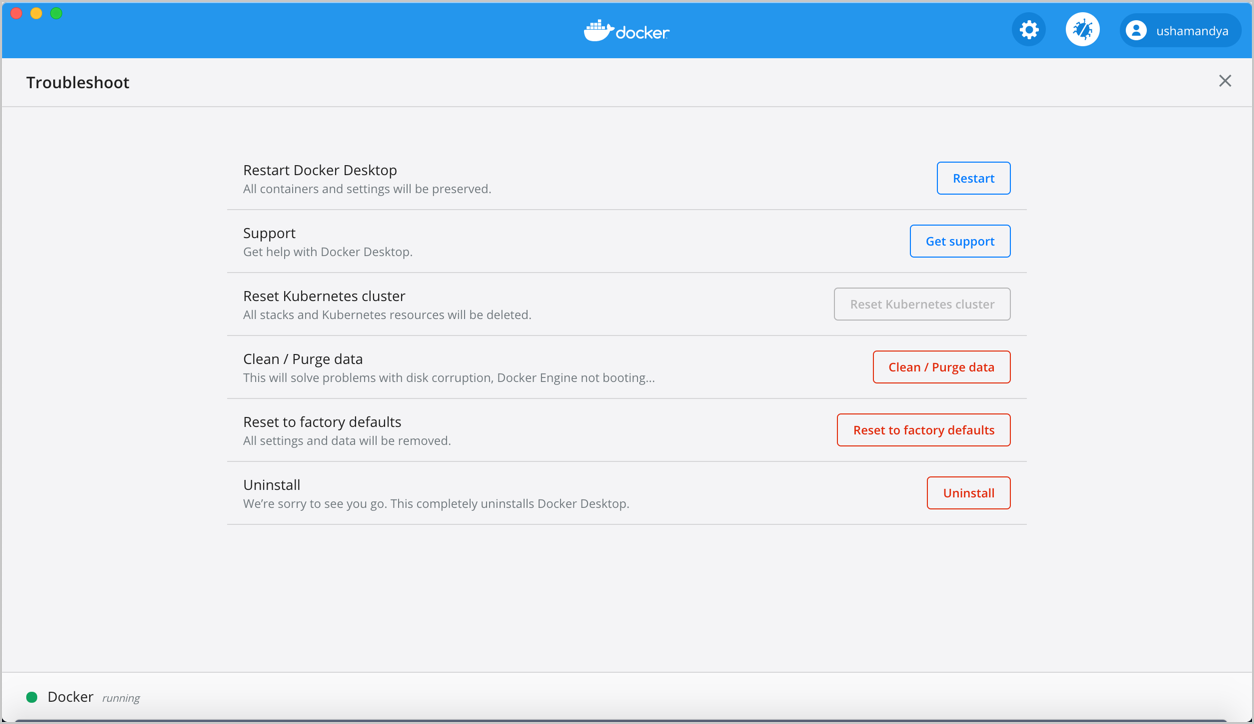

- Mac reset path for program how to#
- Mac reset path for program for mac#
- Mac reset path for program install#
- Mac reset path for program windows#
Mac reset path for program windows#
In addition, you can visit MiniTool to find more Windows solutions and tips.
Mac reset path for program how to#
Within the Preferences folder, delete all files that start with ''.How to find the path of a network drive Windows 10? This post from MiniTool shows you how to view the network path. Note: The Library folder can be accessed by holding down the Option key while clicking on the Go menu within the Finder. ~home/Library/Application Support/Autodesk/roaming/AutoCAD 201x Standalone ~home/Library/Application Support/Autodesk/AutoCAD 201x Standalone/Rxx.x/roaming Delete the following folder (AutoCAD 2016 and newer use the first location):. 
To reset AutoCAD for Mac, there is a main settings folder and some preferences files: Microsoft provides a wealth of critical information that you need to know about the registry in the Microsoft Knowledge Base. Use the Microsoft Registry Editor only at your own risk and only after backing up the registry as outlined for your operating system in the Microsoft article How to back up and restore the registry in Windows and in the related solution How to backup the system registry. Additional information about the registry is also contained in the Help topics in the Microsoft Registry Editor. Problems caused by improperly editing the Windows registry could render your computer operating system unusable. Launch AutoCAD 20xx to have it rebuild its settings files.The '40x' number signifies the language version of AutoCAD.
Mac reset path for program install#
One of the keys will show the install path to the associated version of AutoCAD. You can see what 'ACAD-xxxx' refers to by selecting the path and then looking at the keys on the right pane of the Registry Editor. This path is unique for each version of AutoCAD. HKEY_CURRENT_USER\Software\Autodesk\AutoCAD\Rxx.x\ACAD-xxxx:40x
 Delete the following registry key ( see warning below) (to manually save a backup, right-click > Export):. Press WINDOWS-R on the keyboard to bring up the Run window, enter REGEDITand click OK. Note: These paths contain hidden folders (see How to enable hidden files and folders). If there is no export utility, manually save a copy of the folders mentioned below.Ĭ:\Users\\AppData\Roaming\Autodesk\AutoCAD 20xxĬ:\Users\\AppData\Local\Autodesk\AutoCAD 20xxĬ:\Documents and Settings\\Application Data\Autodesk\AutoCAD 20xxĬ:\Documents and Settings\\Local Settings\Application Data\Autodesk\AutoCAD 20xx Do this by going to Start > All Programs > Autodesk > AutoCAD 20xx > Migrate Custom Settings > Export AutoCAD 20xx Settings. If available, export your current settings to save them as a back-up. Manually resetting AutoCAD involves deleting two folders and a registry path. It is also the process for any version of AutoCAD if the reset utility fails to work. Manually resetting AutoCAD (also known as "reinitializing the secondary installer") is needed for AutoCAD 2011 and earlier and for AutoCAD-based products that do not have a reset utility. ~home/Library/Application Support/Autodesk/Settings Backup.
Delete the following registry key ( see warning below) (to manually save a backup, right-click > Export):. Press WINDOWS-R on the keyboard to bring up the Run window, enter REGEDITand click OK. Note: These paths contain hidden folders (see How to enable hidden files and folders). If there is no export utility, manually save a copy of the folders mentioned below.Ĭ:\Users\\AppData\Roaming\Autodesk\AutoCAD 20xxĬ:\Users\\AppData\Local\Autodesk\AutoCAD 20xxĬ:\Documents and Settings\\Application Data\Autodesk\AutoCAD 20xxĬ:\Documents and Settings\\Local Settings\Application Data\Autodesk\AutoCAD 20xx Do this by going to Start > All Programs > Autodesk > AutoCAD 20xx > Migrate Custom Settings > Export AutoCAD 20xx Settings. If available, export your current settings to save them as a back-up. Manually resetting AutoCAD involves deleting two folders and a registry path. It is also the process for any version of AutoCAD if the reset utility fails to work. Manually resetting AutoCAD (also known as "reinitializing the secondary installer") is needed for AutoCAD 2011 and earlier and for AutoCAD-based products that do not have a reset utility. ~home/Library/Application Support/Autodesk/Settings Backup. Mac reset path for program for mac#
Note: Resetting AutoCAD for Mac automatically creates a backup of the current settings and stores the file in a.
In AutoCAD for Mac 2015 and newer, click the AutoCAD menu and choose the reset option. In AutoCAD for Mac 2014 SP1 and newer, hold down the Shift key while starting AutoCAD for Mac. In AutoCAD for Mac, click the Window menu and choose Reset Palettes or enter RESETPALETTES on the command line. There are multiple ways to get to the reset option in AutoCAD for Mac. Note: The reset utility for AutoCAD 2016 is found under Start menu > Autodesk. Click Start menu > All Apps > AutoCAD 201x > Reset Settings to Default. Move your cursor down and click the down arrow to access all the installed apps. In the AutoCAD section, click Reset Settings to Default. Click the down arrow to access all the installed apps. Click the Windows button to access the Start Screen.







 0 kommentar(er)
0 kommentar(er)
